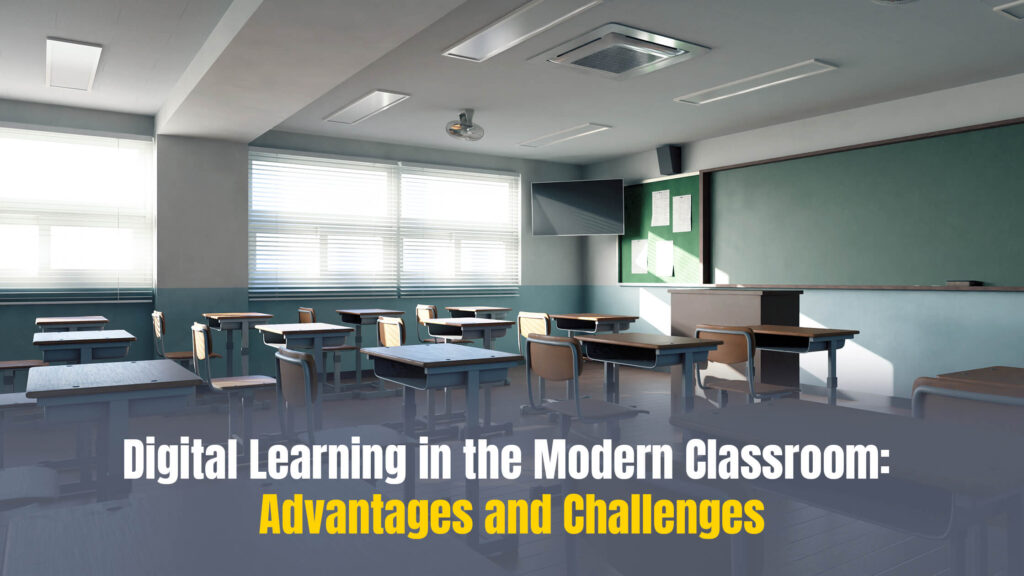In the fast-paced and ever-evolving world of education, digital learning has emerged as a transformative force within the modern classroom. Gone are the days of chalkboards and textbooks as educational institutions increasingly embrace technology to enhance the learning experience. This shift towards digital learning brings with it a host of advantages, but it also presents certain challenges that must be addressed for its effective implementation.
Digital tools allow educators to customise learning materials to suit individual students’ learning styles and pace. This personalised approach empowers students to learn at their own speed, boosting their academic growth.
The internet opens up a world of information at students’ fingertips. Digital learning enables access to a vast array of resources, including e-books, research papers, and educational videos, enriching the learning process.
Digital learning facilitates seamless communication and collaboration among students and educators worldwide. Students can collaborate on projects, interact with experts, and gain diverse perspectives beyond the confines of the traditional classroom.
The allure of social media, online games, and other digital distractions can divert students’ attention from their studies. Educators must employ strategies to minimise such distractions during digital learning sessions.
Digital learning in the modern classroom offers undeniable advantages, including enhanced engagement, personalised learning experiences, and access to vast educational resources. However, challenges such as technological inequality, digital distractions, and data privacy concerns must be carefully addressed. By investing in teacher training, promoting equitable access to technology, and implementing robust security measures, at Divya Jyot, a CBSE school in Shilaj, Ahmedabad we look to harness the full potential of digital learning, preparing students for success in the digital age. With thoughtful planning and adaptation, digital learning can revolutionise education, creating a dynamic and inclusive learning environment for all students.
